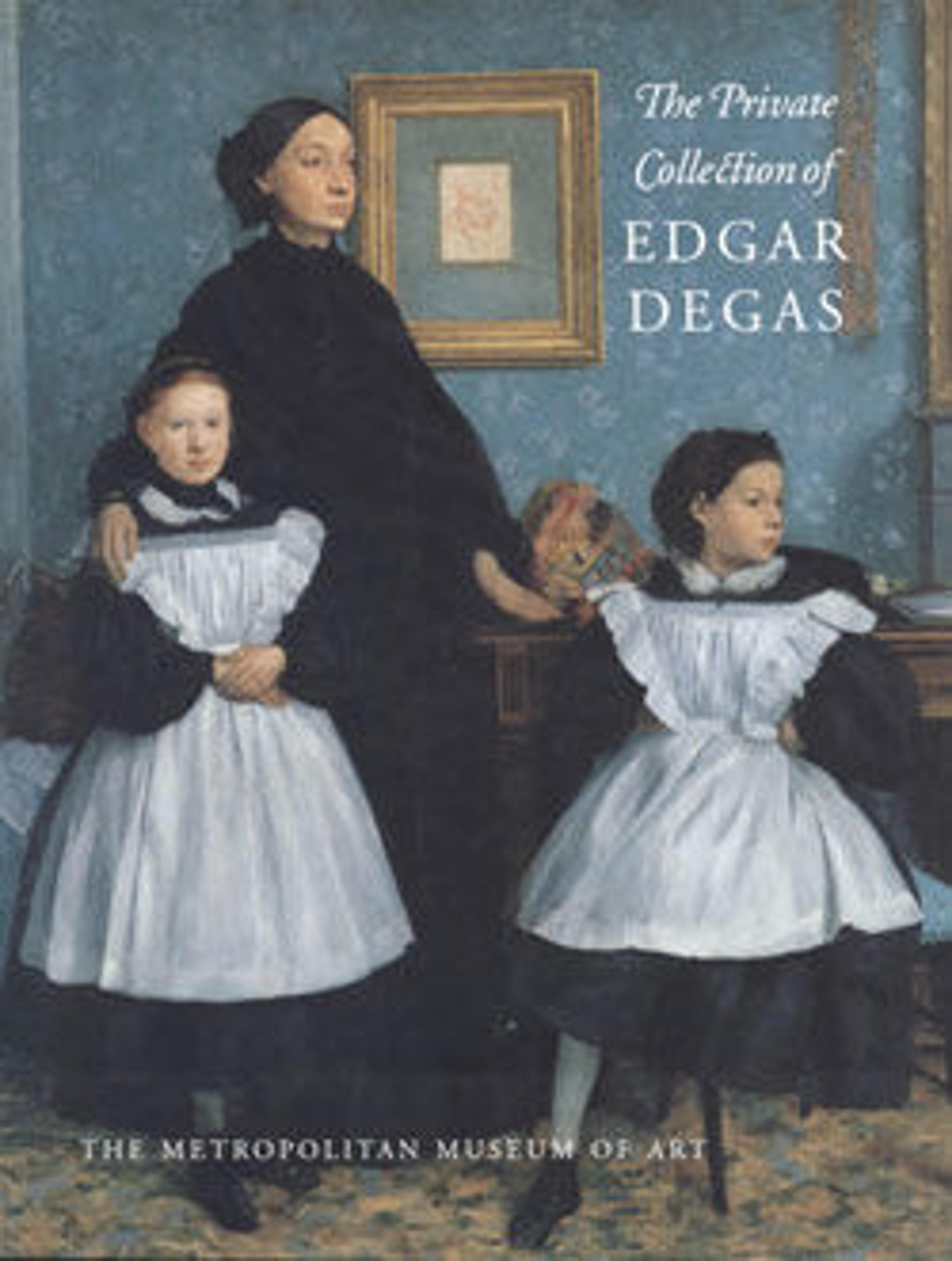Bather Stepping into a Tub
Degas’s interest in the motif of a nude entering the water apparently dates to his student days, when he copied the figure of a man scrambling over a riverbank from an engraving by Marcantonio Raimondi after Michelangelo. This is one of seven pastels in which Degas ventured a modern version of the subject. The woman, her arms and legs splayed precariously against a zinc bathtub, powerfully manifests the combination of physical awkwardness and sensuality that characterizes the artist’s depictions of bathers.
Artwork Details
- Title: Bather Stepping into a Tub
- Artist: Edgar Degas (French, Paris 1834–1917 Paris)
- Date: ca. 1890
- Medium: Pastel and charcoal on blue laid paper, mounted at perimeter on backing board
- Dimensions: 22 x 18 3/4 in. (55.9 x 47.6 cm)
- Classification: Drawings
- Credit Line: H. O. Havemeyer Collection, Bequest of Mrs. H. O. Havemeyer, 1929
- Object Number: 29.100.190
- Curatorial Department: European Paintings
More Artwork
Research Resources
The Met provides unparalleled resources for research and welcomes an international community of students and scholars. The Met's Open Access API is where creators and researchers can connect to the The Met collection. Open Access data and public domain images are available for unrestricted commercial and noncommercial use without permission or fee.
To request images under copyright and other restrictions, please use this Image Request form.
Feedback
We continue to research and examine historical and cultural context for objects in The Met collection. If you have comments or questions about this object record, please complete and submit this form. The Museum looks forward to receiving your comments.
